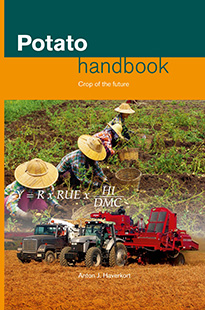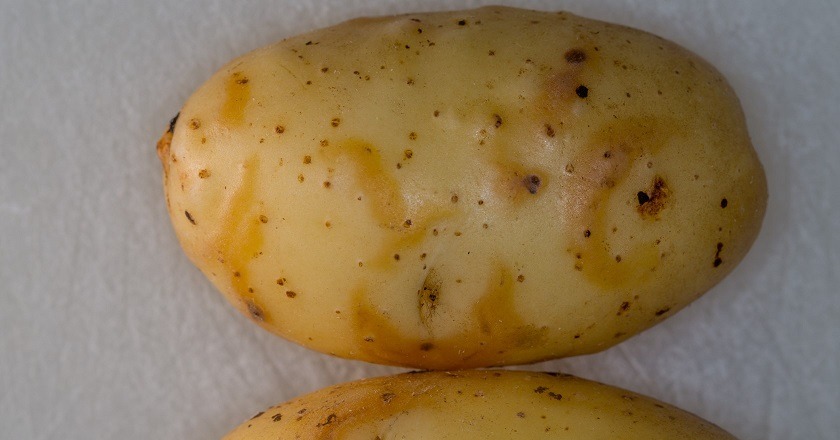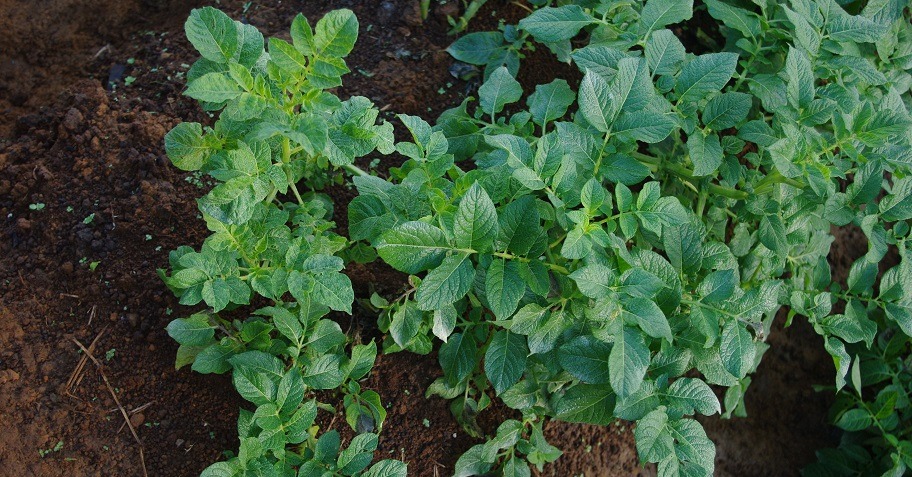Already a subscriber? Activate your premium account

Potato Handbook

Viruses are the smallest living organisms that can replicate themselves and they are only viable within living cells from which they draw the substrate to multiply. A virus genome of the bulk of the viruses are strait or circular RNA. It is single-stranded (like a half ladder), such as of plant viruses, or double-stranded (ladder like), such as of bacteriophages, which infect bacteria.
Potato viruses are responsible for serious economic losses as they are responsible for the degeneration of seed lots. Dozens of viruses can infect potato of which the following are the most widely spread: the polerovirus (potato leafroll, PLRV), the potyvirus (potato Y virus, PVY), potato virus A (PVA), potato virus M (PVM), potato virus S (PVS) and potato virus X (PVX). Some other viruses only have regional relevance such as the Andean Potato Mottle Virus (APMV), which is only found in South America and the Tobacco Necrosis Virus (TNV), which is only found in Europe and North America.
Viroids
Smaller still than viruses are viroids, which consist of single-stranded circular RNA. They are the smallest plant pathogens of which the most important one for potato is the potato spindle tuber viroid (PSTVd). PSTVd in most countries is a quarantine disease. It is one of the few organisms transmitted through seed (botanical, or true potato seed, TPS). In breeding programs, breeders take care to ensure that the parental material is devoid of this viroid. PSTVd is also transmitted through contact, which is a risk in rapid multiplication in vitro where lab technicians cut one plantlet after the other.

Viruses cause mottle, mosaic, curl and roll symptoms on the leaves of infected plants that stay behind in growth and tuber yield.
Events
©2015 - 2024 Potatoworld | Webdesign and realisation COMMPRO